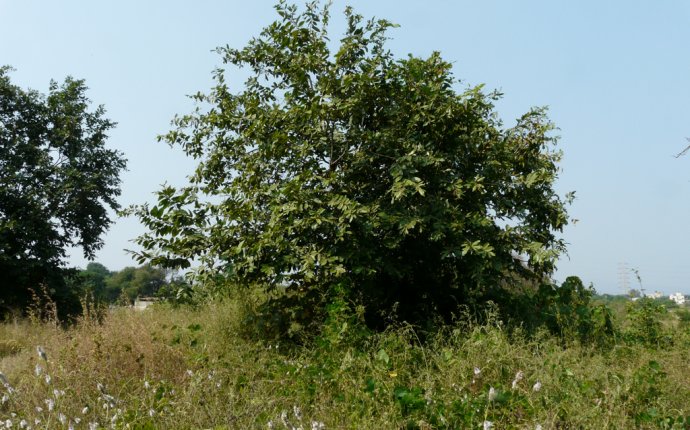
Meaning of Asana
It’s become common to see Sanskrit names of poses on social media posts and in articles written by yoga practitioners. For a beginner, it can seem super overwhelming to see long strings of letters that look unfamiliar and to try to remember them! However, learning the Sanskrit pose names can add a deeper level of meaning to your yoga practice, and often inspires practitioners to delve into the philosophy and history of the yoga lineage.
Where do Pose Names Come From?
Many of the poses are named after animals, Hindu gods, religious figures, or mythological characters. Developing an understanding of these can help a practitioner learn about where yoga comes from, why we practice it, and how to move beyond just the physical aspect. One of the first things people realize about Sanskrit when they begin to learn about it was that since Sanskrit is not written with the same characters as English, there are many ways to spell things. You might see different forms of spellings depending on who wrote it, such as savasana versus shavasana or danurasana versus dhanurasana. It’s a choice in phonetic translation, so there’s no right or wrong version but it can get confusing when seeing a spelling other than the one you’re used to. Try to figure out the pronunciations and common spelling differences. In the savasana/ shavasana (a.k.a. Corpse Pose) example, the difference is the use of the letter h but the two are pronounced the same way. Some people choose to use the “sh” spelling, but it’s very common to see just the letter s and have the “shhh” sound implied.
Why do Some Poses Have More Than One Name?
Another important thing to note is that since there are many different schools of thought in yoga, sometimes you’ll see certain poses being called by different names. An example is “chakrasana” which is a name used for a backbend in Iyengar yoga (a.k.a. Wheel Pose). However, in traditional Ashtanga yoga this name is given to a transitional movement in which one does a backwards roll over the shoulders. Postures having multiple names is an intimidating thought when considering how many poses there are in yoga. Luckily, most have a name that’s most commonly used and when in doubt you can always just describe it in English.
So What Does "Asana" Really Mean?
We’ll start with the term “asana” which is part of most of the Sanskrit pose names. “Asana” is defined as any of the yogic postures or movements, but literally translates to “seat.” It’s said that originally the only posture in yoga was a comfortable seat taken for long periods of mediation. Eventually the other postures were developed to help find ease in sitting for so long, and to assist with opening the mind to a meditative state. The postures are used to increase hip flexibility so one can sit crosslegged, and to stimulate the chakras and nadis (allowing for energy body throughout the body). “Asana” is a very thought-provoking term, since thinking of each posture as a place to find the meditative “seat” or state of mind brings the practice away from just the physical movement and begins the journey of the mind looking inward. It also reinforces the idea that a practitioner should try seated meditation in addition to practicing postures.
Here are some easy posture names to start practicing, and look for our next Sanskrit basics article coming soon! Trikonasana, a.k.a. Triangle Pose Uttanasana, a.k.a. Standing Forward Fold Dhanurasana, a.k.a. Bow Pose









